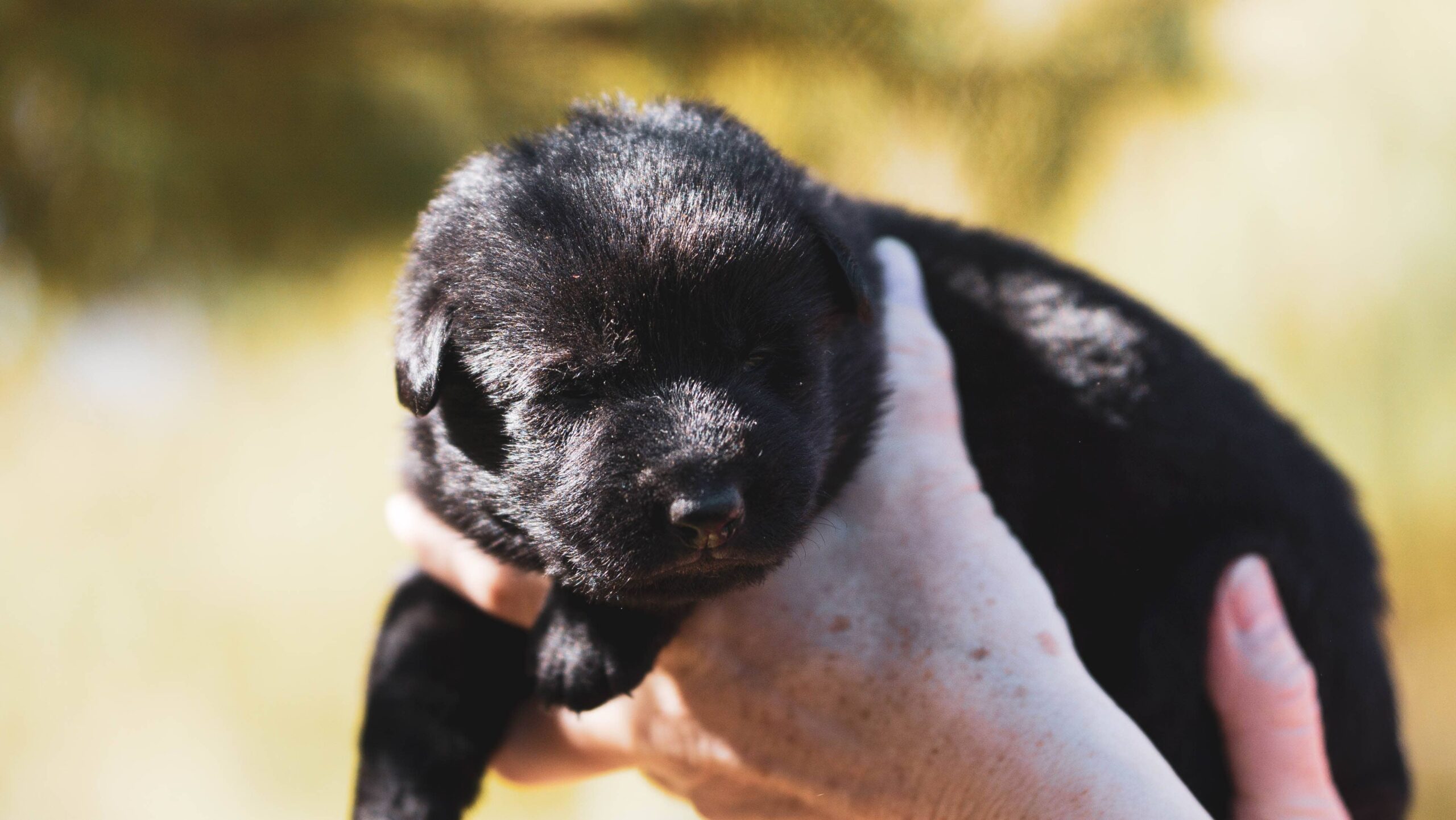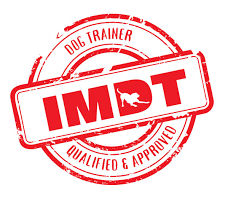Preparing the House for a Puppy
What do the following things have in common?
- Getting married
- Changing career
- Having children
- Getting a puppy
The answer is they’re all life-changing decisions.
Welcoming the patter of paws into your house means many things, including no longer being able to put a mug of hot tea on the floor or leave your prized LP collection on the coffee table.
As a pet parent you have new duty, to protect your puppy from himself. This means removing the risk of scalds, choking, electrical hazards…in fact you’ll look at rooms with a whole new perspective, especially if you don’t want possessions damaged.
The trouble is a puppy will chomp on things not meant to be chewed, such as electrical cables, furniture, soft furnishings, and kids’ toys. If you don’t want the house plunged into darkness or a dog with a foreign body in his stomach, then it’s best to prepare the house before the puppy arrives.
A Pup’s Eye-view
Getting a puppy is a great reason to insist the kids clear up. Action figures left on the floor are going to get chewed. Not only will the child find their favourite damaged beyond repair, but the pup could end up needing emergency surgery if Hawkeye’s head gets stuck in his stomach.
Toys are an obvious thing to clear up, but what about the less obvious stuff?
The answer is to get down on the floor for a pup’s eye-view of life.
Do this and it’s amazing what you’ll spot under the sofa, such as that bottle top or pen. Assume anything you see will end up in the puppy’s mouth…and clear them away. But more than that look for electrical cables, books, candles, shoes, shoes, remote controls, cat litter… you name it, on floor level or within the puppy’s reach.
Tidy them away. Make cables inaccessible behind furniture or conceal it in trunking. Move things high up out of paws reach, relocate them into storage boxes, or put them in a different room safely out of the way.
Think Like a Puppy
It’s a special moment bringing the puppy home for the first time, putting him on the floor, and watching him explore the house.
Oops! Did you spot this pet parent’s mistake?
Actually, giving the pup free range of the home is getting set for failure. The puppy may feel overwhelmed, or indeed so excited he pees on the floor. Giving him too much space and opportunity makes toilet training more difficult…and means starting your new relationship on the wrong paw.
Instead, restrict the puppy to one or two rooms, which are properly puppy proofed. Which rooms is up to you, but choosing one with a washable floor is a great idea, plus a room where the pup can be with you so he doesn’t feel isolated.
Essential Equipment
Stairgates or child gates are a great investment when you own a young puppy. They enable you to limit access to the four-legger, whilst allowing two-leggers to come and go with minimal inconvenience.
Get in supplies such a rubber gloves, disposable kitchen towel, disinfectant, and puppy pads. Remember, successful toilet training means preventing accidents and prompt cleaning when they occur.
With prevention in mind, if you’re going to use an indoor kennel (or crate) have this in place ready and waiting. The idea here is to provide a den for your dog, which is his safe space. Once crate trained the pup can stay in it when you’re out, so that he doesn’t soil the house or destroy stuff.
Other fun items to invest in include:
- Dog beds (a couple are a good idea; one in use and one in the wash)
- Bowls: One for food and one for water. Ceramic or stainless steel are best as they are don’t move around and are easily cleaned.
- Toys: Yeah! Give the puppy toys and praise him for playing with them. This helps him learn what belongs to him and what doesn’t.
- Chew toys: Foster a love of chewing dog-appropriate stuff right from the start.
Oh, and a word to the wise. Whilst pet insurance isn’t exactly equipment, it is worth purchasing. Puppies are accident prone (and indeed, invite disaster upon themselves) so the pet parent who takes out insurance is more likely to sleep soundly without worrying about how to cover the cost of that emergency surgery to remove a sock from the Labrador’s stomach.








Leave A Comment